Dive into the captivating world of football strategy as we dissect the fascinating realm of the Unai Emery tactics at Aston Villa. In this tactical analysis, we scrutinize the brilliant mind behind the scenes, exploring how Unai Emery has meticulously molded and refined the playing style of Aston Villa. From defensive structures to attacking nuances, join us to unravel the distinctive tactical elements that define Emery’s impact on this Premier League side. Prepare to gain insights into the strategic brilliance that shapes each match and makes Aston Villa under Unai Emery a captivating team to observe.
Build-up
Low Build-up
In the low build-up, Emery sets his team up in an asymmetrical 1-4-2-2-2 formation with one central forward, one forward drifting to the right, two number-tens, and no player on the left wing.
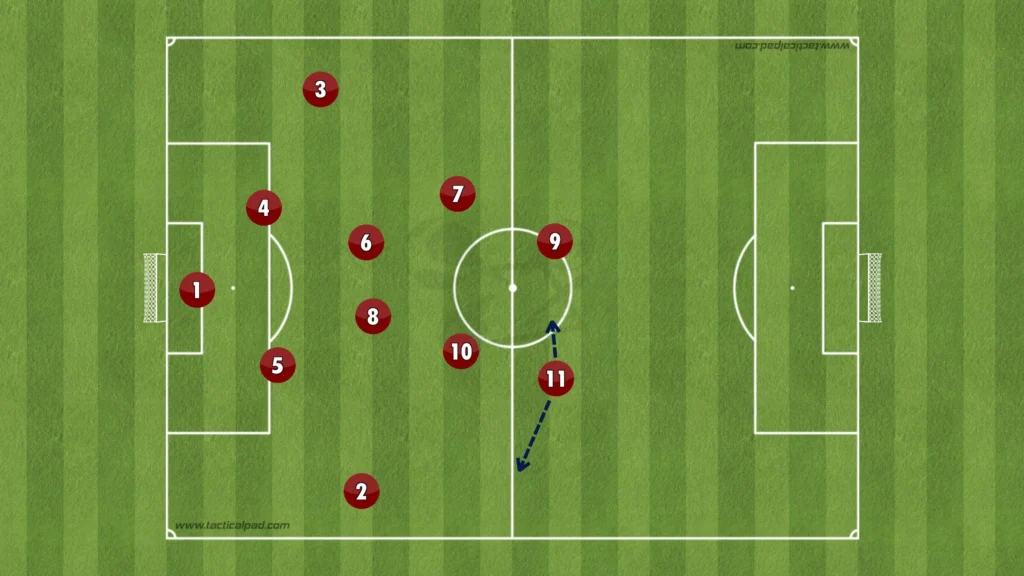
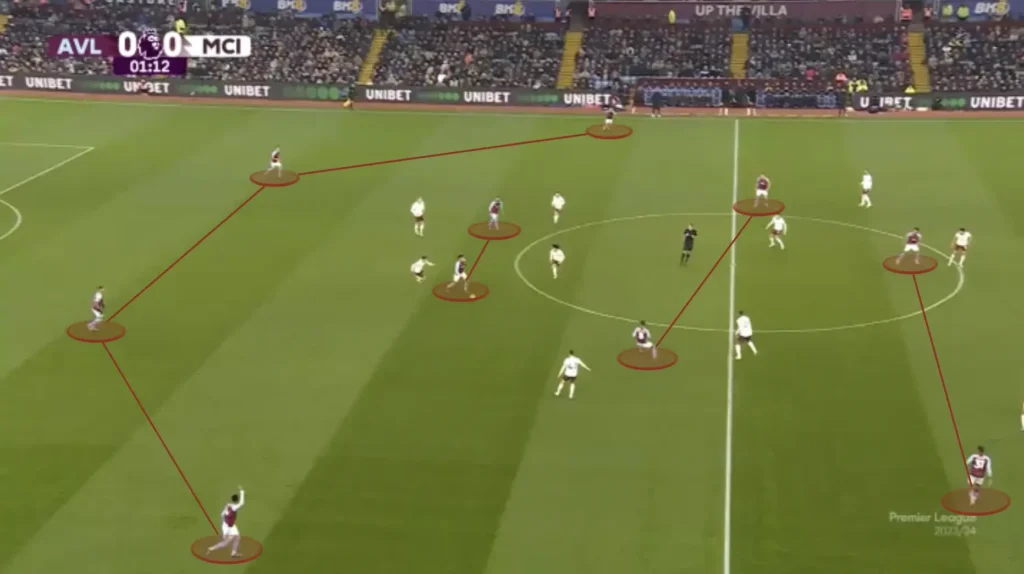
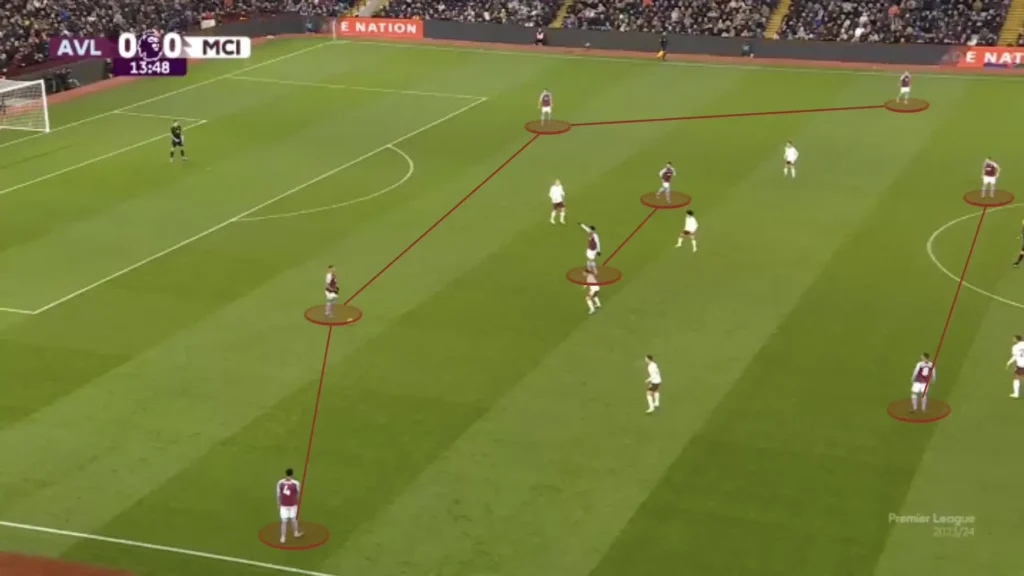
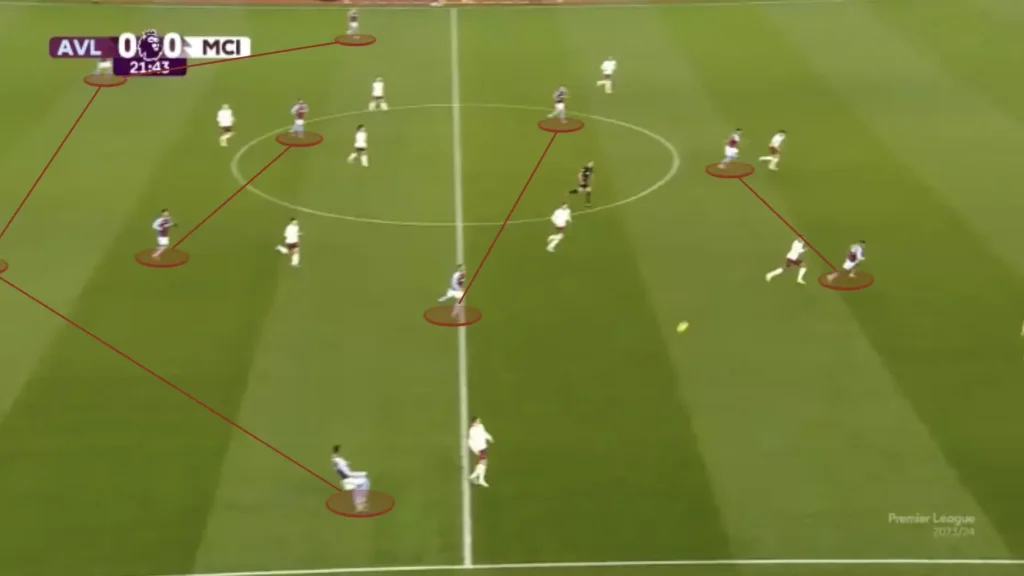
Aston Villa like using the goalkeeper during the low build-up, giving them an extra player and a numerical advantage, often allowing them to beat the press and progress up the pitch.
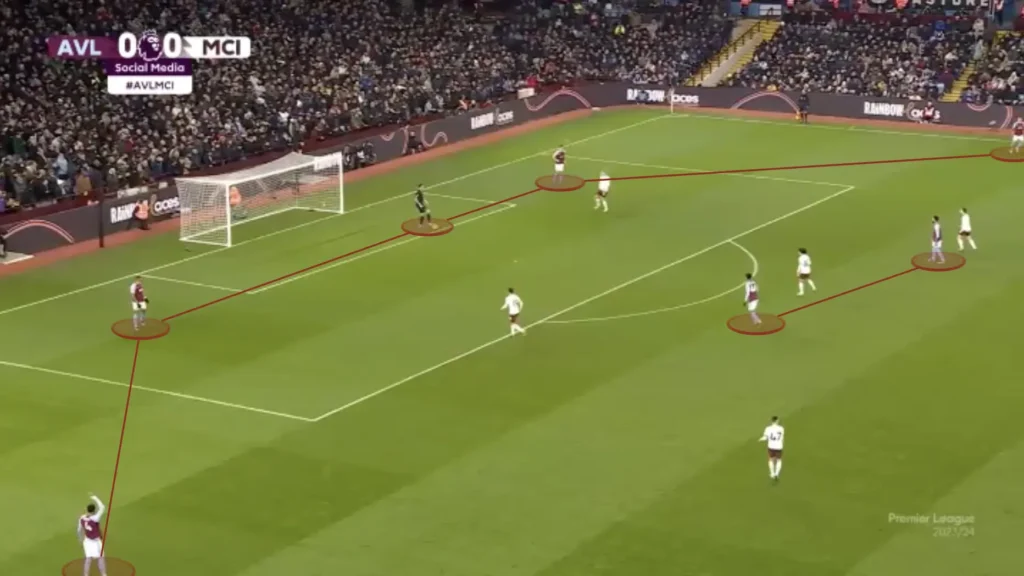
High Build-up
In the high build-up, Emery changes the formation to a 1-3-2-5:
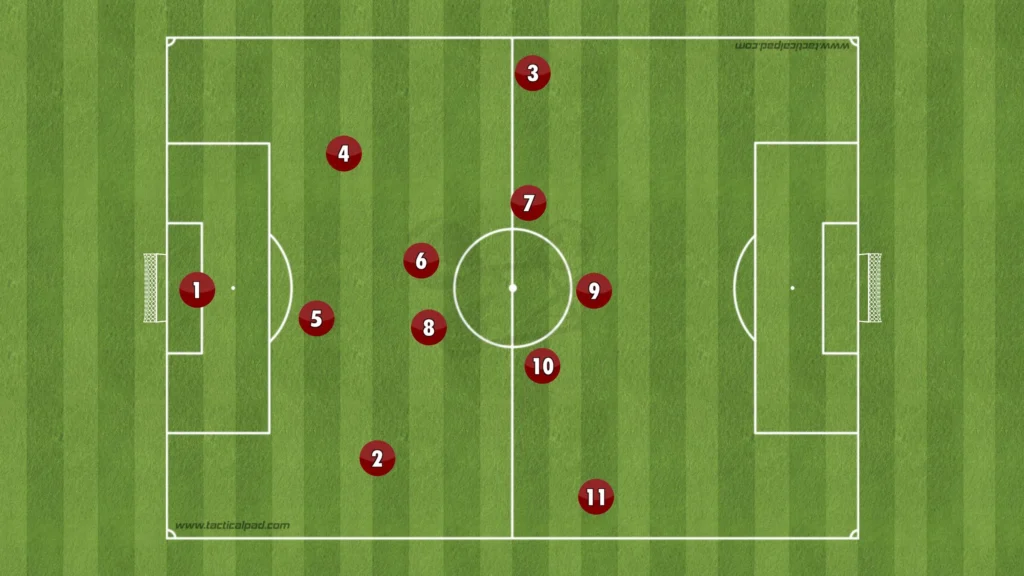
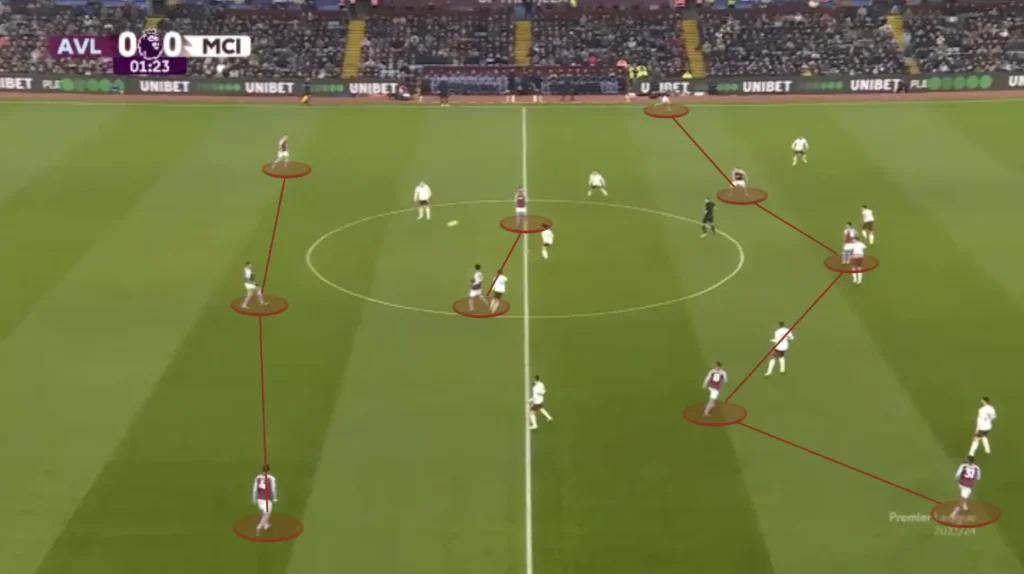
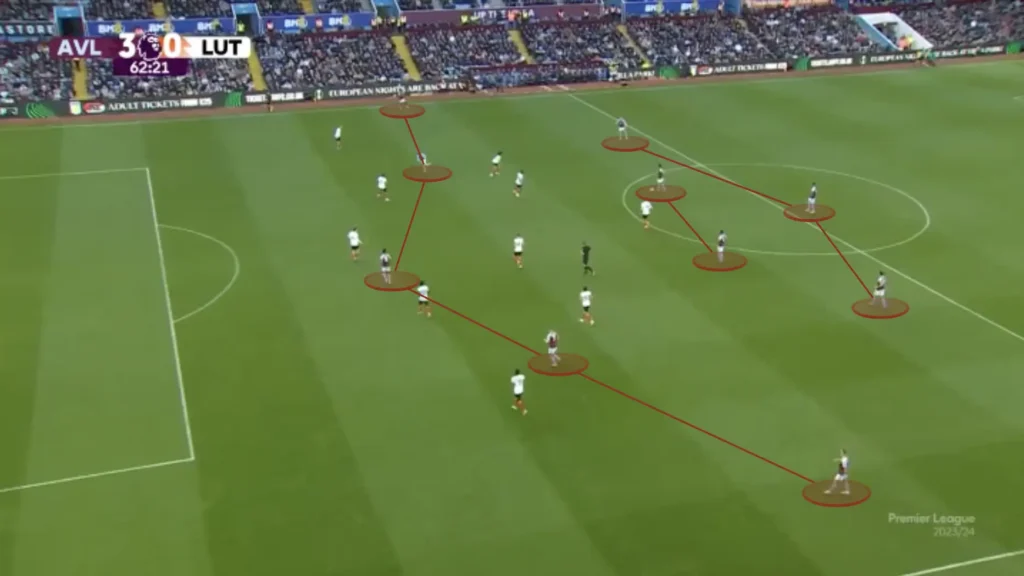
Emery likes having only one wide player in the high build-up. This is because he prioritizes playing through the middle. He needs one player high and wide to pull apart the backline. The rest of the players create numerical advantages in the midfield areas, making it easier to find passing combinations. Keeping most players centrally helps Villa in the counterpress, enabling them to keep possession more than the opponents in most games.
Aston Villa score many goals, and one part of that is having many players in the box. This creates numerical advantages in the box, forcing the defending team to make decisions and leave some players open. The open player can receive a cross or a pass and get a great goalscoring opportunity.
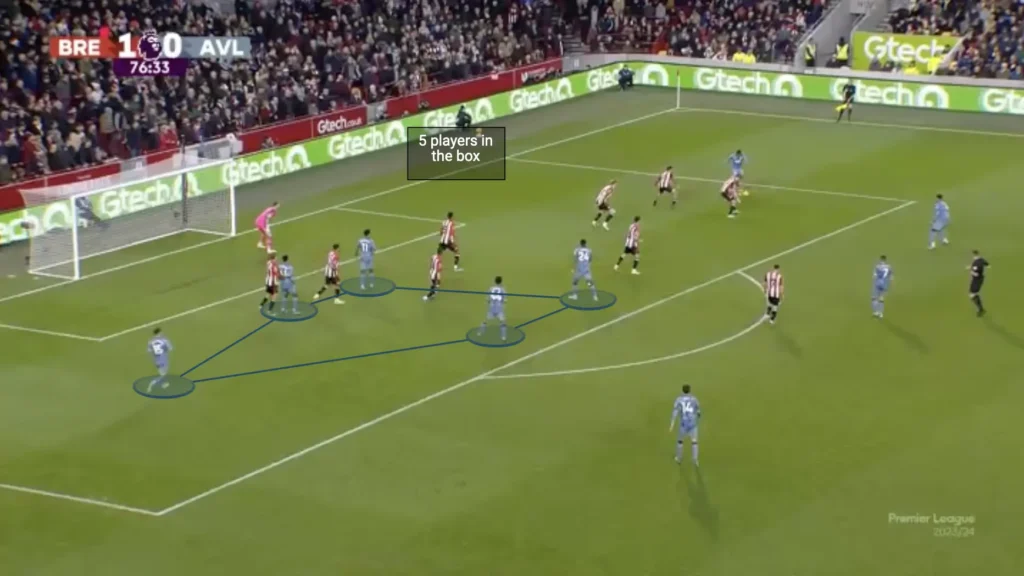
Defending
Low Press
In the low press, Emery’s Aston Villa uses a 1-4-4-2 formation. They look to set up in a mid-block, always trying to close the center, forcing the opposition out wide. To do this, Aston Villa are extremely compact in their defensive shape. The compact shape makes it almost impossible for teams to find spaces between the Aston Villa lines, making them difficult to break down.
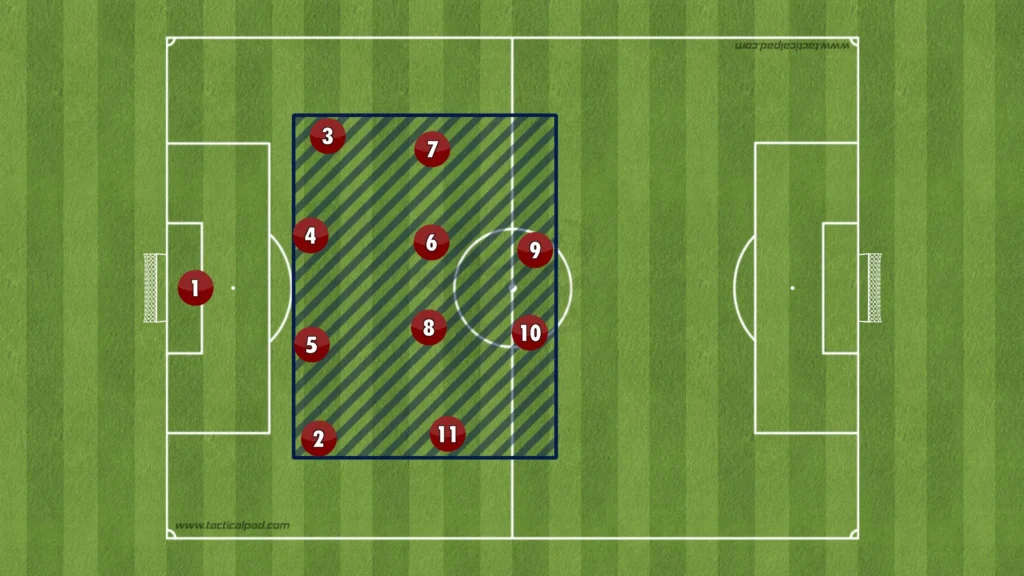
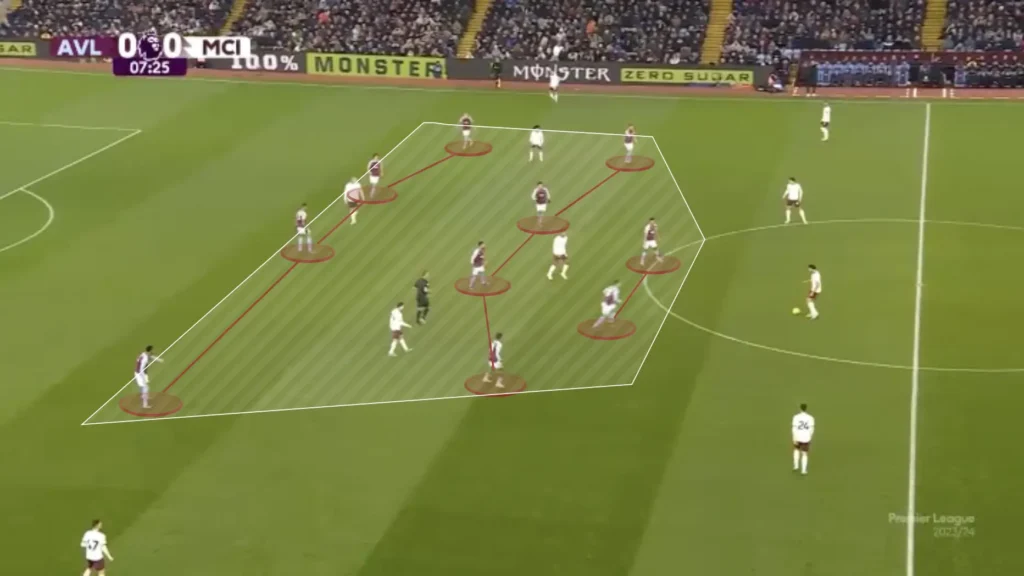
High Backline
One tool that helps to be compact is to play with a high backline, making the space to the midfield line as small as possible. Aston Villa do this and often try to keep the highest line they can without leaving the space behind them too open.
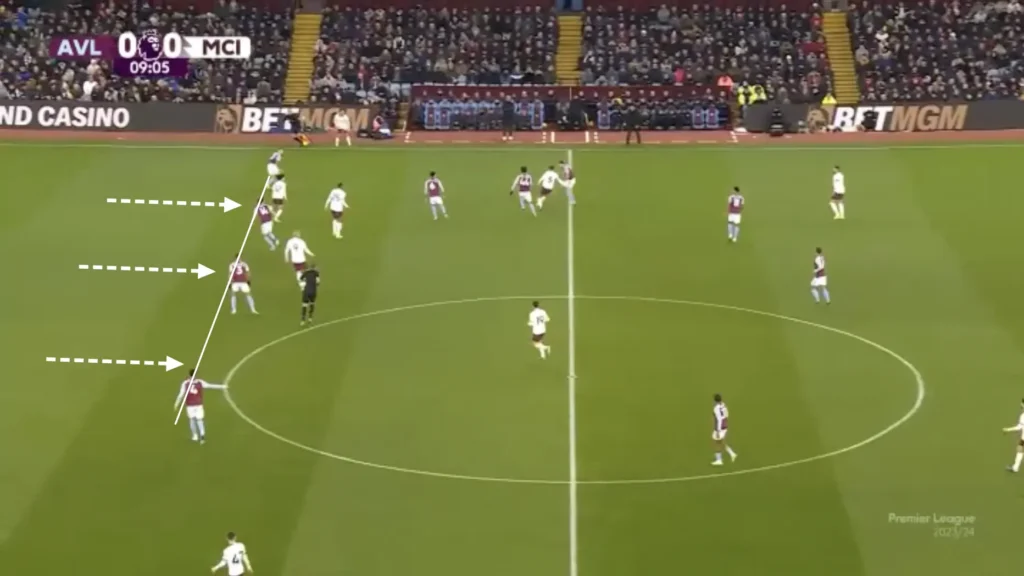
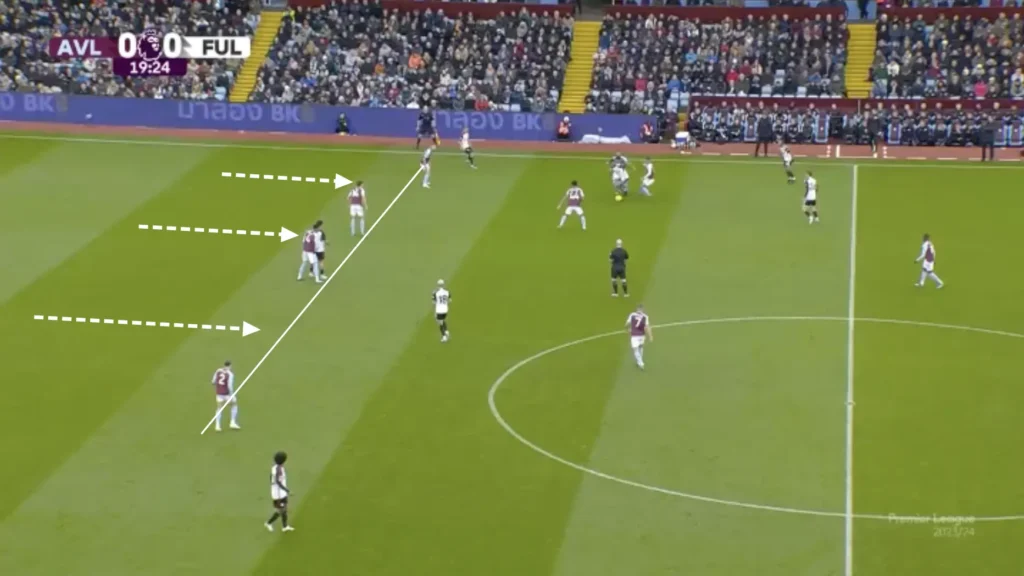
Sweeper-keeper
An important aspect of keeping a high line is to have a goalkeeper who can deal with the through-balls behind the backline. This is called a sweeper-keeper. Emiliano Martinez is great at this and always comes out and gets rid of the dangerous through-balls.
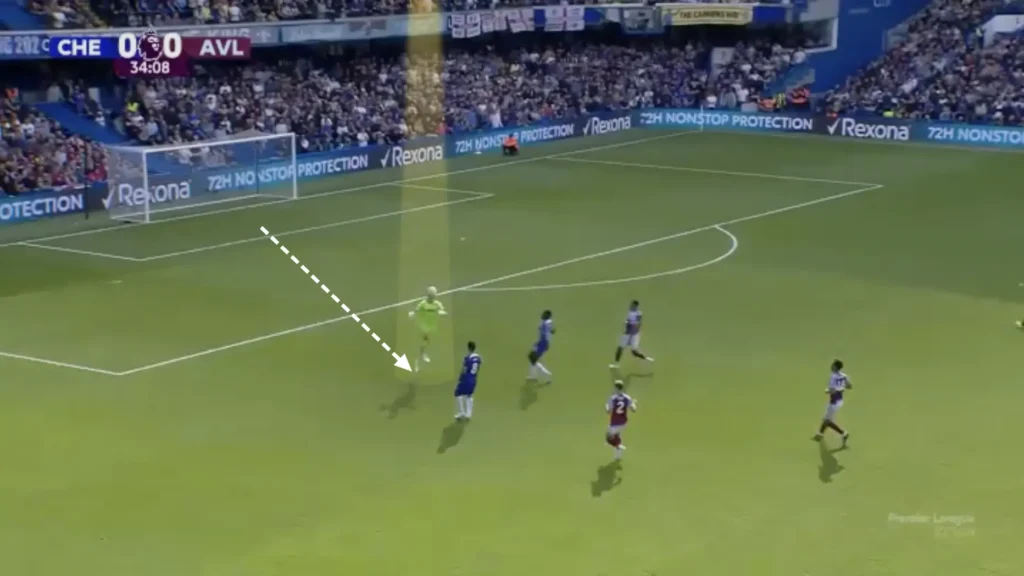
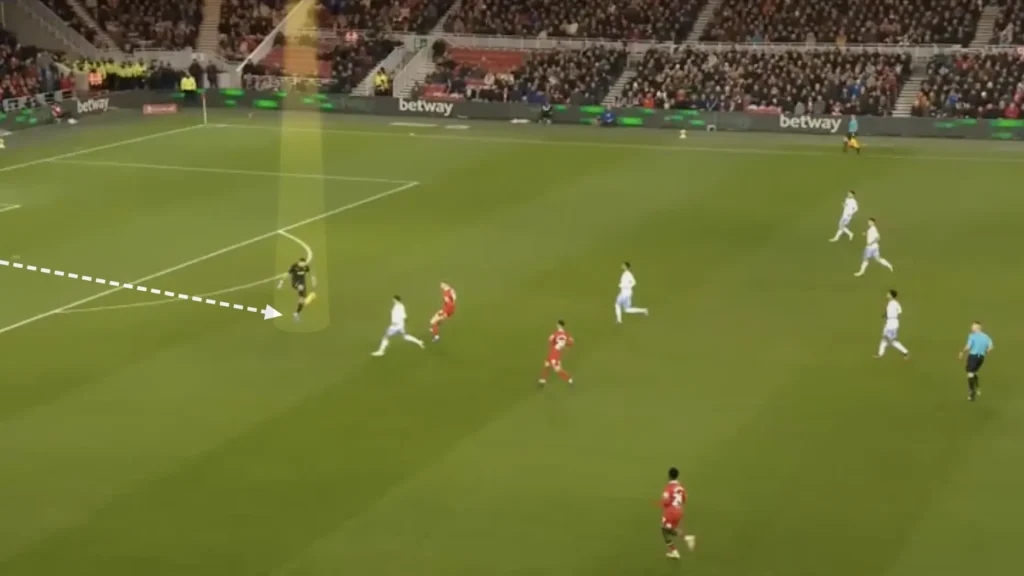
Body Position
Another crucial detail that Emery focuses on is the defender’s body position. He wants them to play side-on, being ready to run both forward and backward. Tracking a run in behind is more difficult when facing forward than if you play side-on. If you are facing forward, you have to turn your entire body before starting to run. Playing side-on gives a quicker reaction time, enabling faster movement in both directions. Emery, therefore, wants his defenders to play side-on.
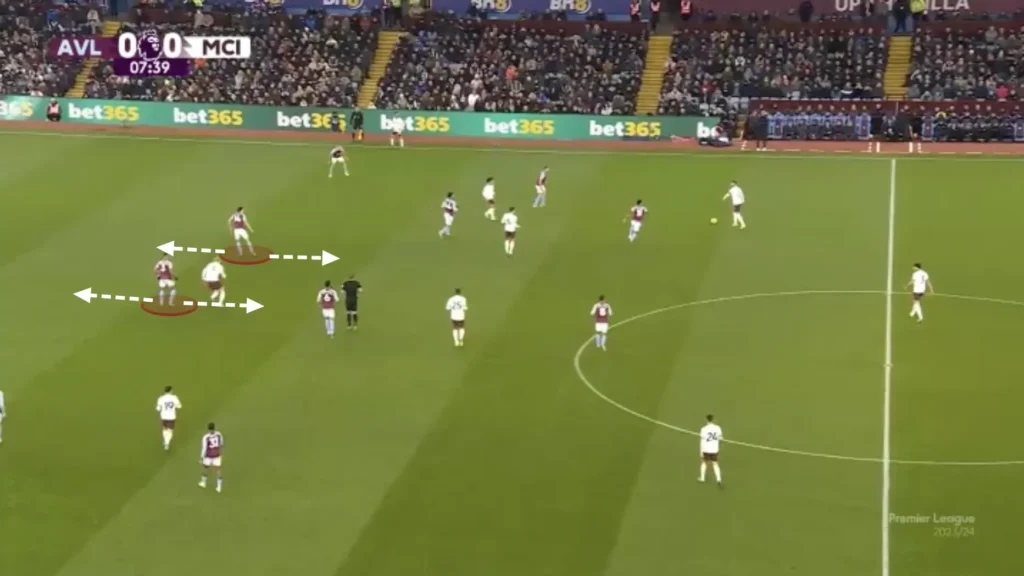
Squeezing the Pitch
Emery’s Aston Villa also looks to squeeze the pitch when defending. This means constantly pushing the team up as much as possible when defending. Every time the opponent plays a slow, sideways pass or a back pass, Aston Villa’s first line of pressure pushes up, with the rest of the team following to stay compact. When the next pass comes, they push up even more, forcing the opponent back even more. They do this because it pushes the opponent further away from Aston Villa’s goal, making it harder to create chances. Squeezing the pitch when possible is crucial for teams who do not necessarily look to always be in possession.
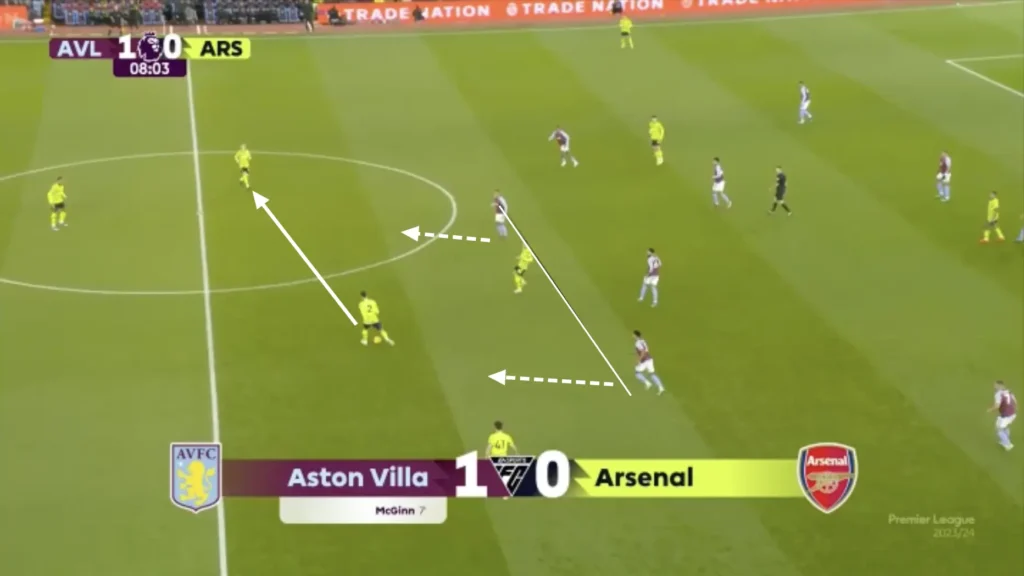
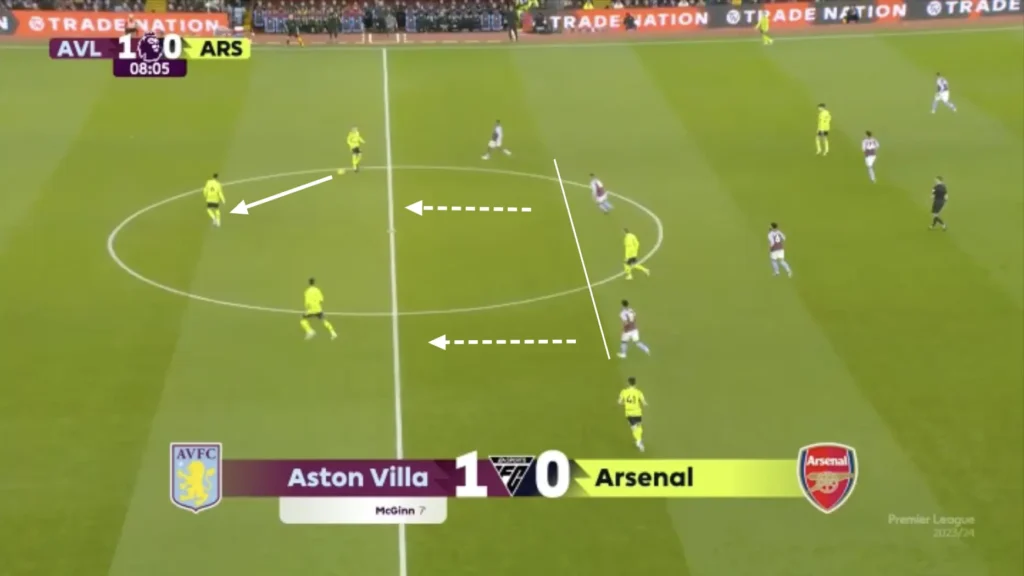
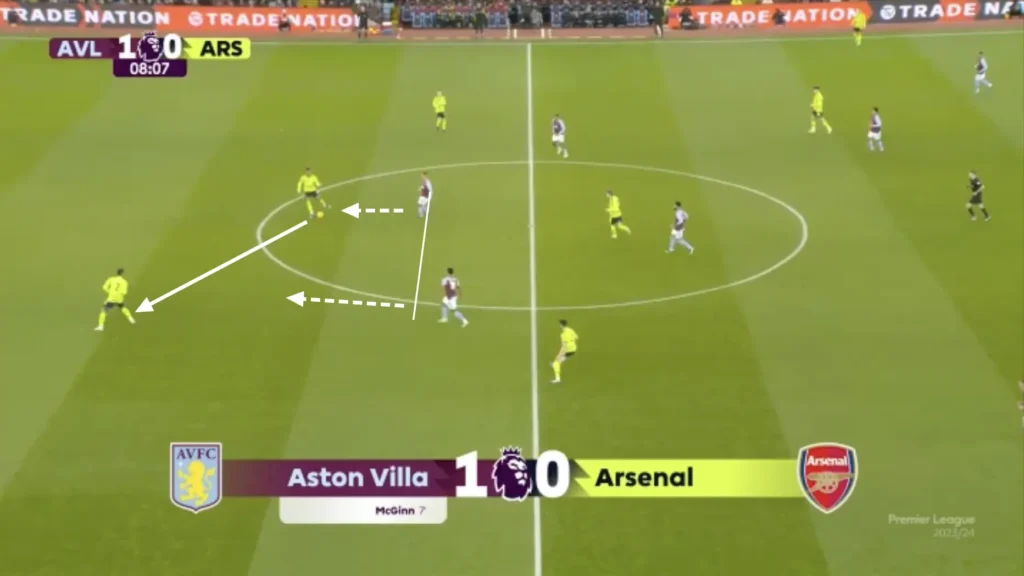
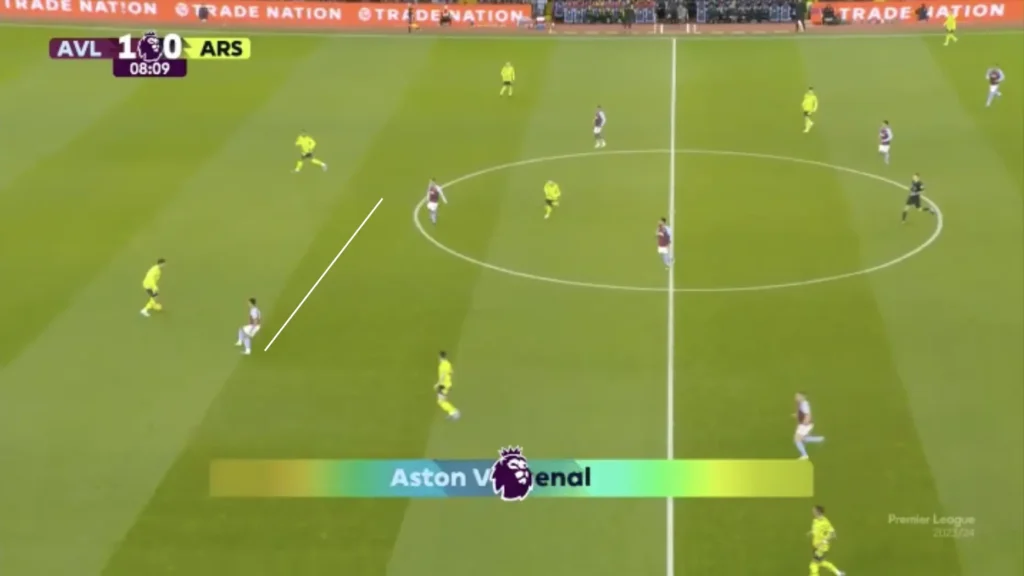
High Press
Aston Villa like to press high when given the opportunity. They do this by staying in their 1-4-4-2 formation, waiting for press triggers such as bad touch, long backward pass, bad pass, etc. When they press, they press as a unit, all working together to win the ball.
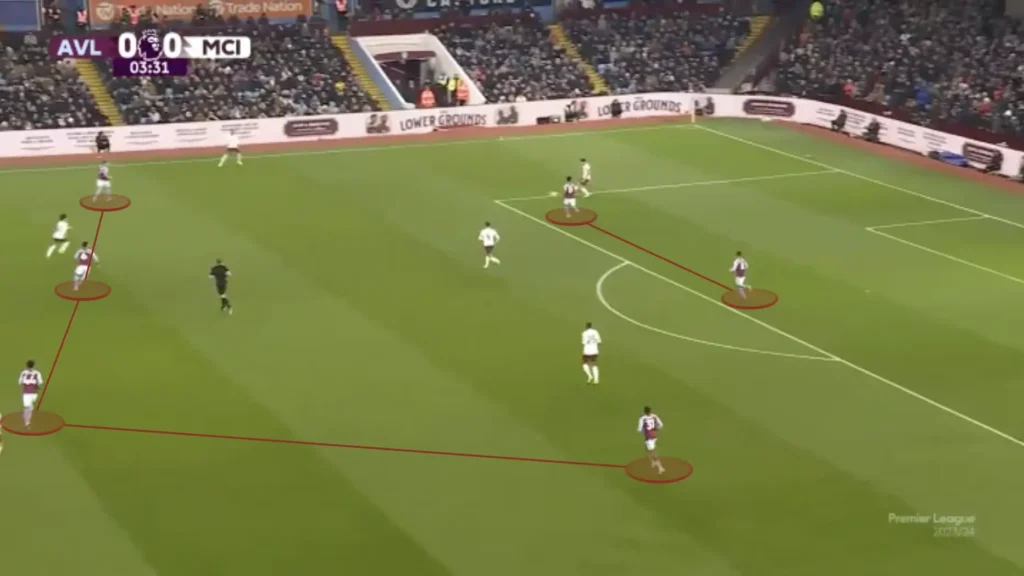
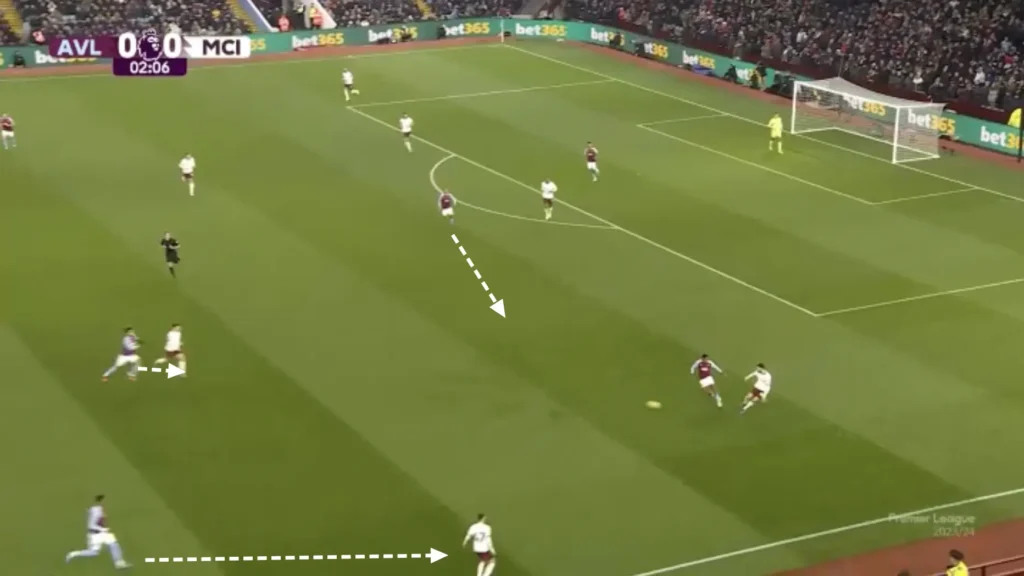
Principles and Tools
Aston Villa is not necessarily a team that always looks to keep possession. They are comfortable in their defensive shape and do not stress themselves into making mistakes when they have not had the ball for a long time.
They also like to play fast through-balls in behind the opposition’s backline. Not being afraid of losing the ball, due to their confidence in the defense, allows them to find and exploit the space behind the opposition more than possession-based teams. This is because they play the high-risk passes, sometimes leading to them losing the ball but sometimes creating dangerous goalscoring opportunities.
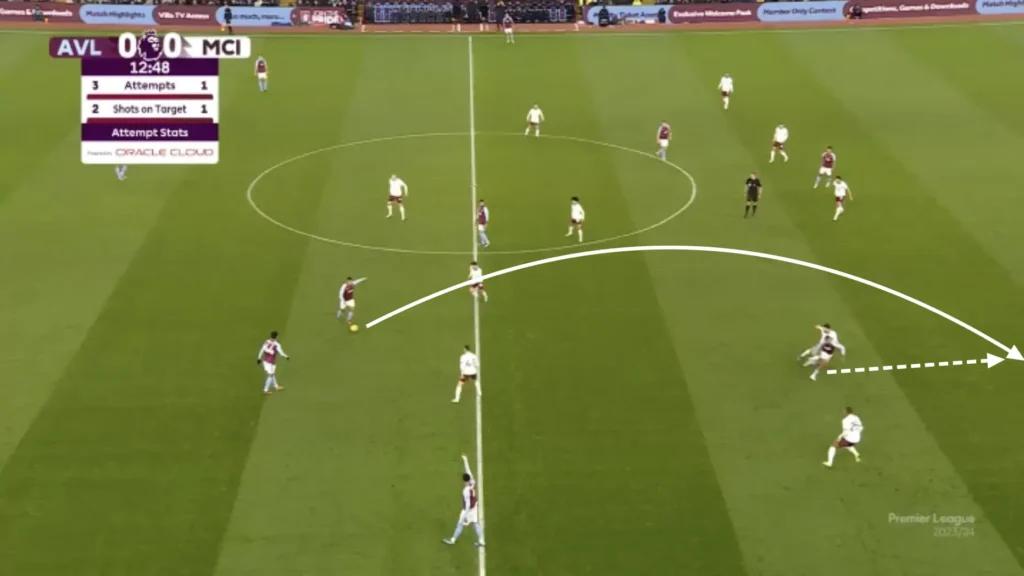
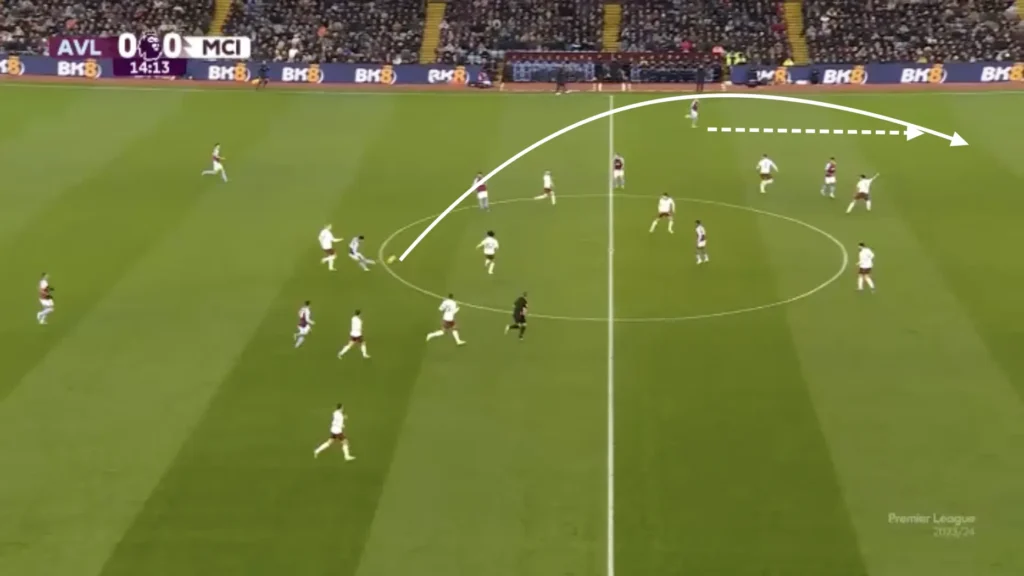
When they, however, are in possession, trying to play through the opposition, they often use tools such as the third-man principle to beat the press. This means using a third player to reach a free player whose passing lane is blocked.
They do this both in the low build-up:
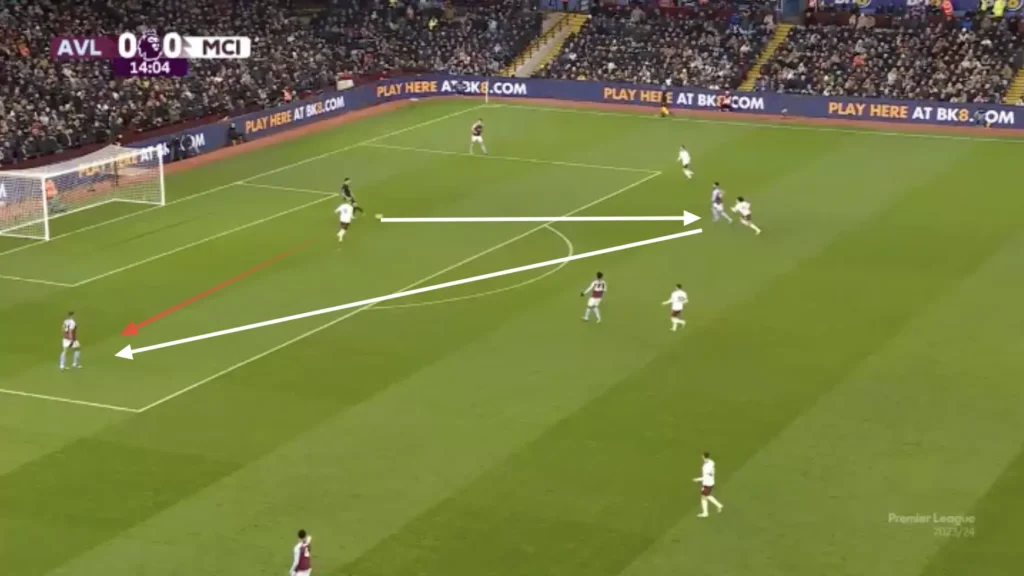
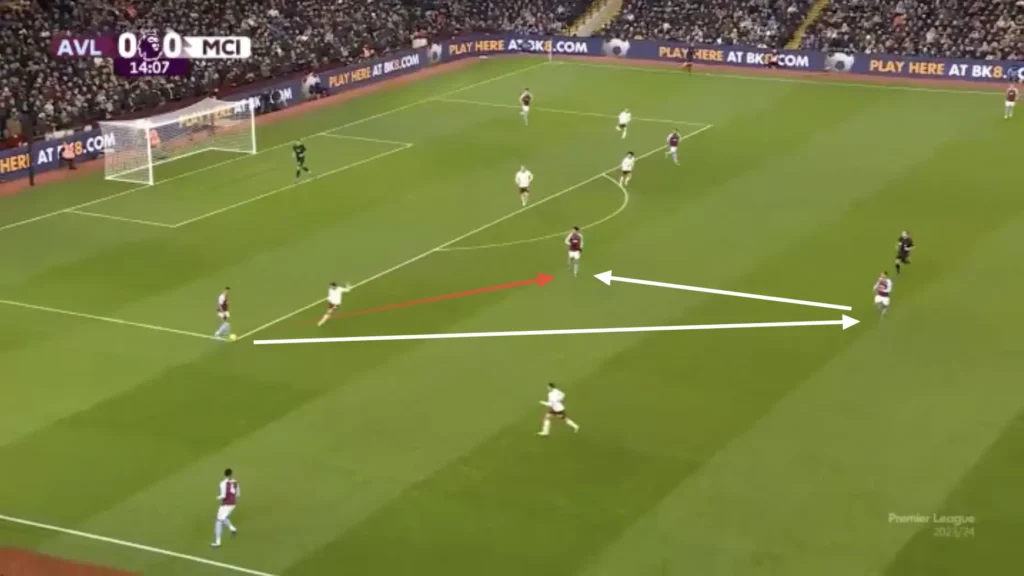
And in the high build-up:
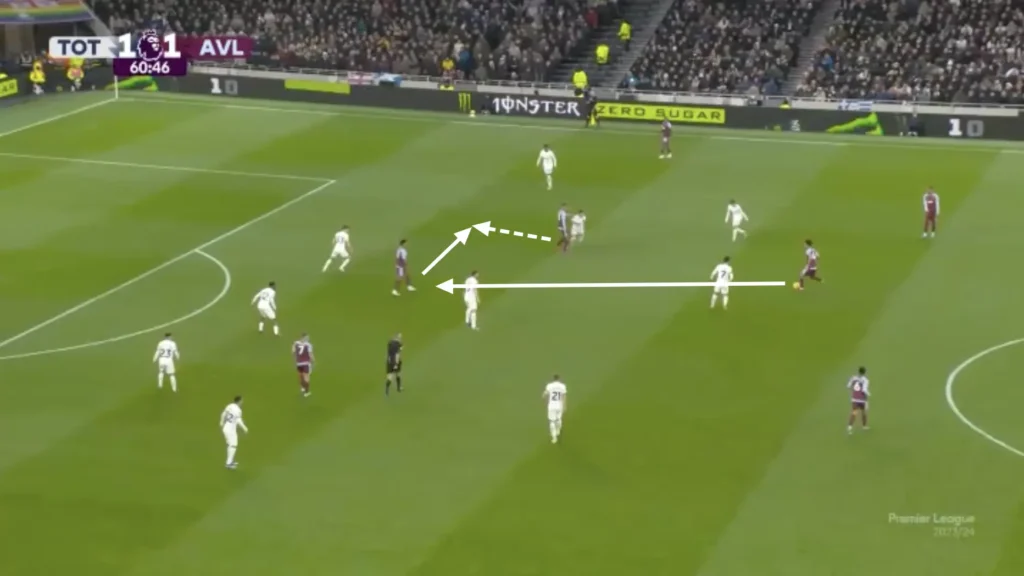
Transitions
Positioning many players centrally, creating a numerical advantage in the midfield, creates good conditions in defensive transitions. Many players close to the ball after losing possession means that many players can work towards regaining possession. Aston Villa, therefore, often succeed in regaining possession directly after losing it.
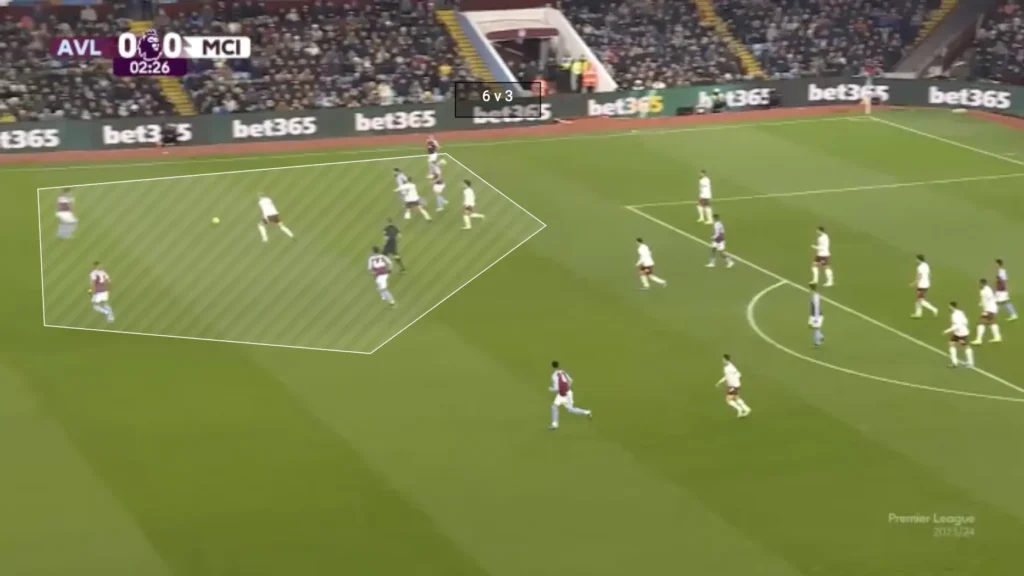
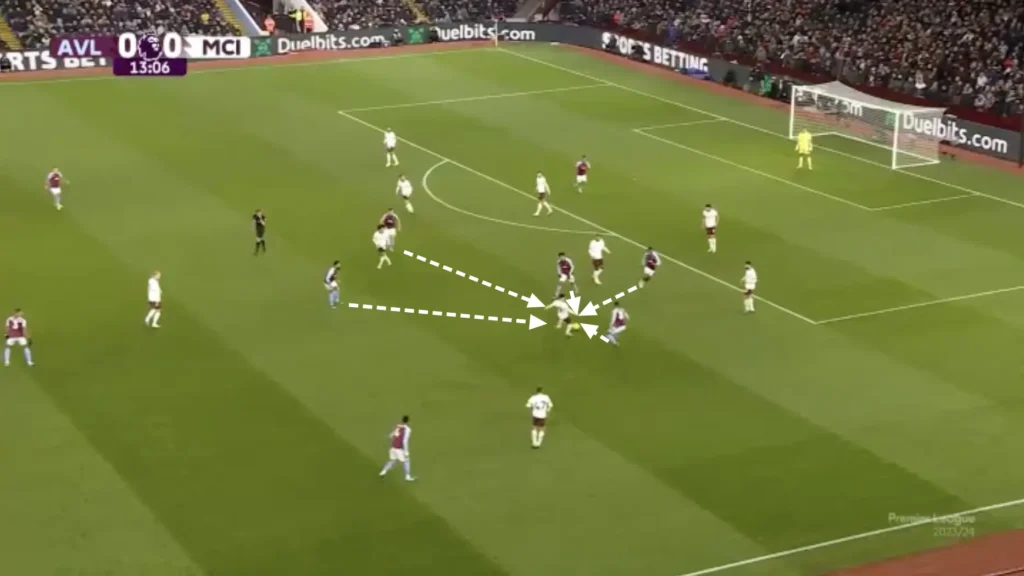
Because of having a back three, they usually succeed in defending counterattacks as well. They get many players back and favorably protect the center, not allowing the opponent to attack the goal.
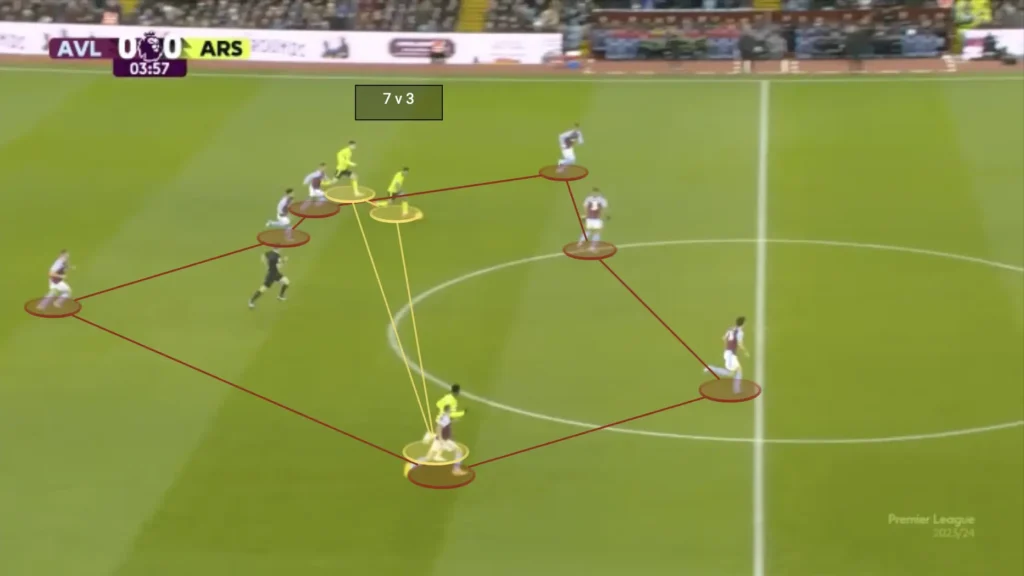
Emery also wants his team to counterattack in their offensive transitions. They do this with a high tempo, often attacking the spaces between the center-backs and fullbacks. In addition, keeping many players centrally while defending enables them to incorporate more players into the counterattacks.
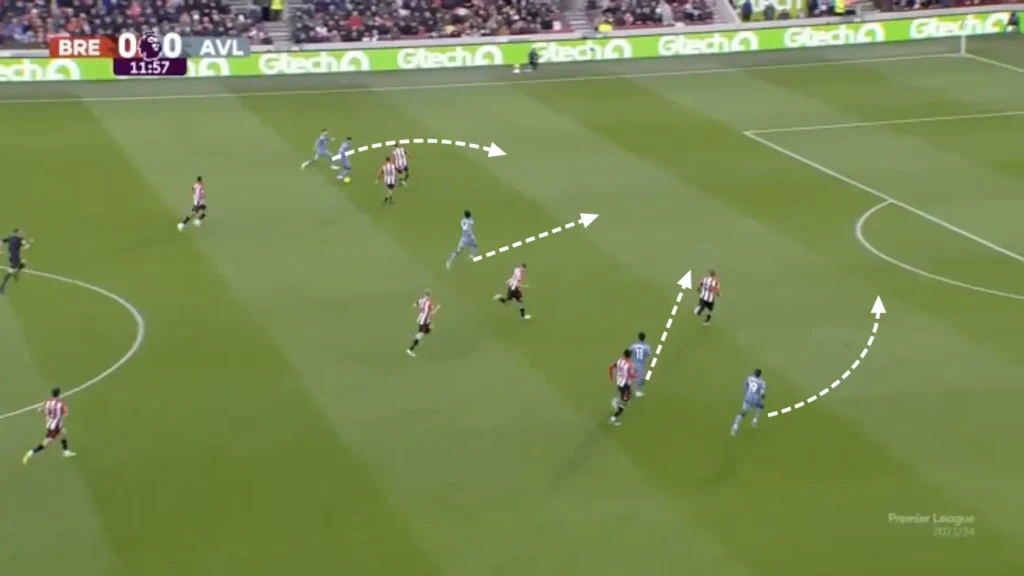
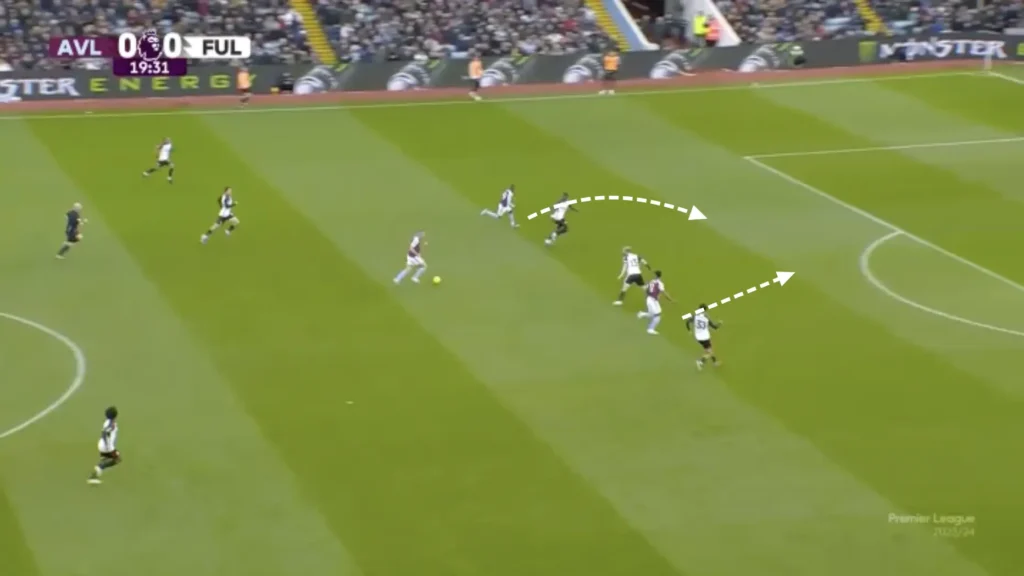
Final Thoughts
In conclusion, this tactical analysis sheds light on the intricate strategies employed by Unai Emery in steering Aston Villa. Emery’s impact on the team is evident through a nuanced examination of their build-up, defensive organization, offensive transitions, and overall gameplay. The adaptability and tactical flexibility showcased by Aston Villa under Emery’s guidance reflect a promising trajectory for the club. As we dissect the nuances of his approach, it becomes clear that Emery’s tactical prowess is a key factor in the team’s performance. The evolution of Aston Villa’s style of play under his management provides fans and football enthusiasts with valuable insights into the dynamic world of football tactics at the highest level.
